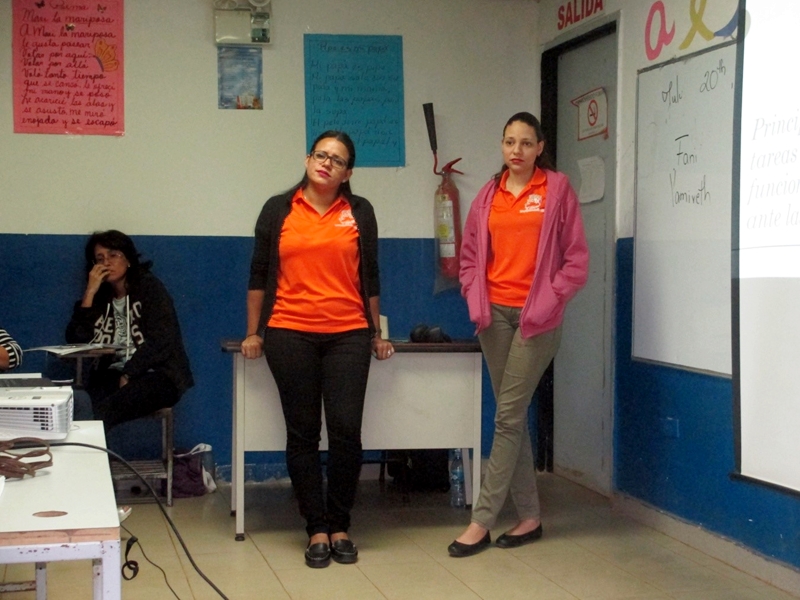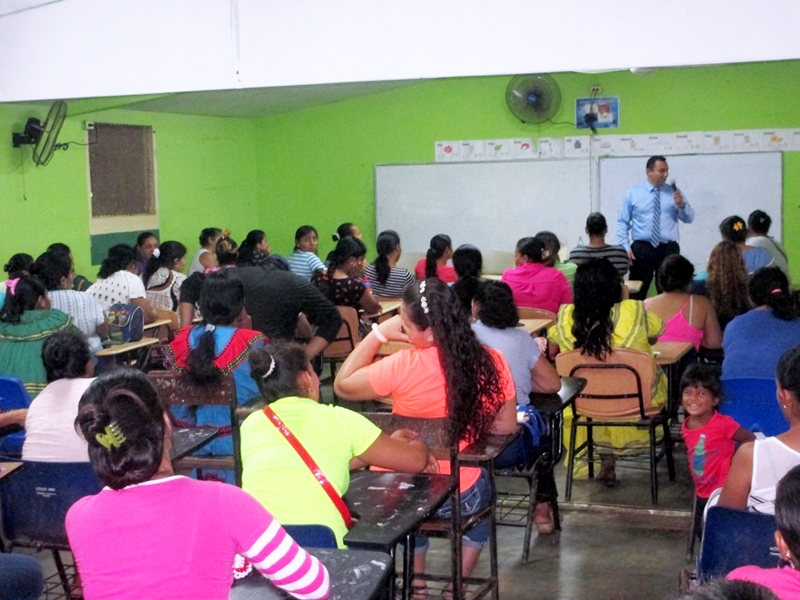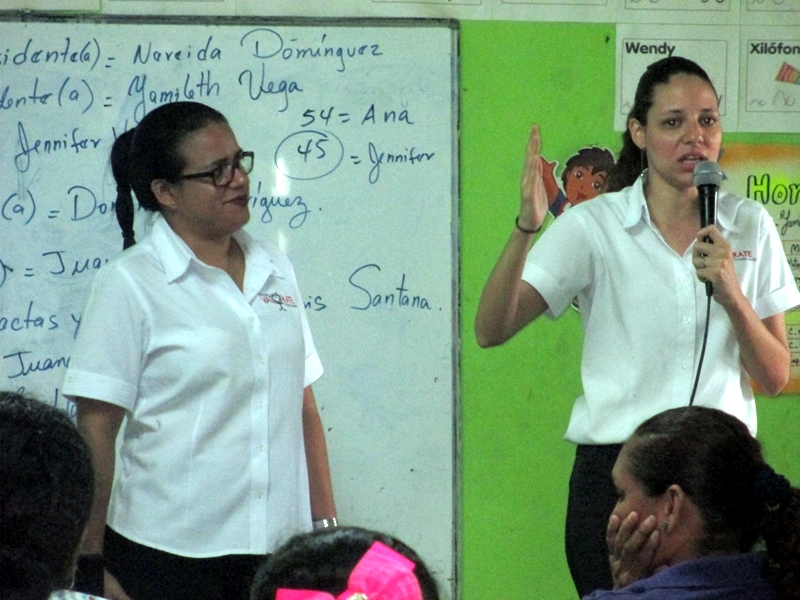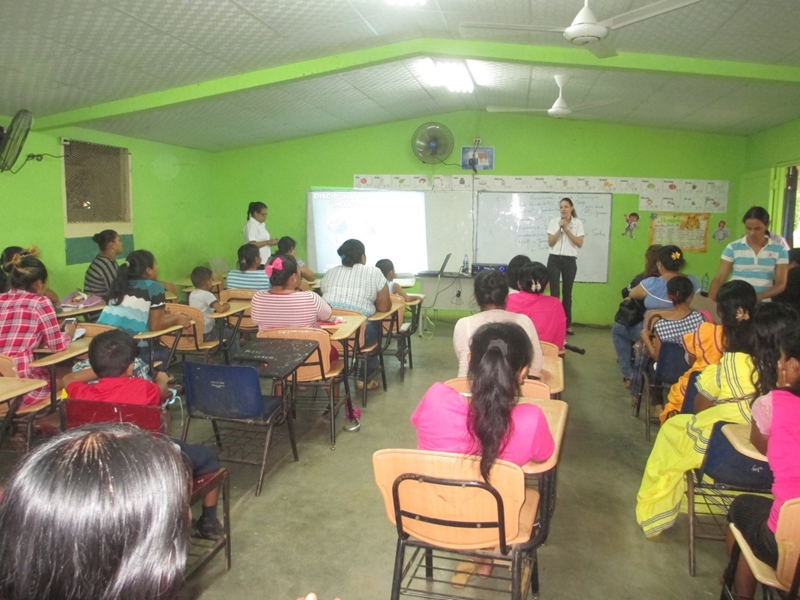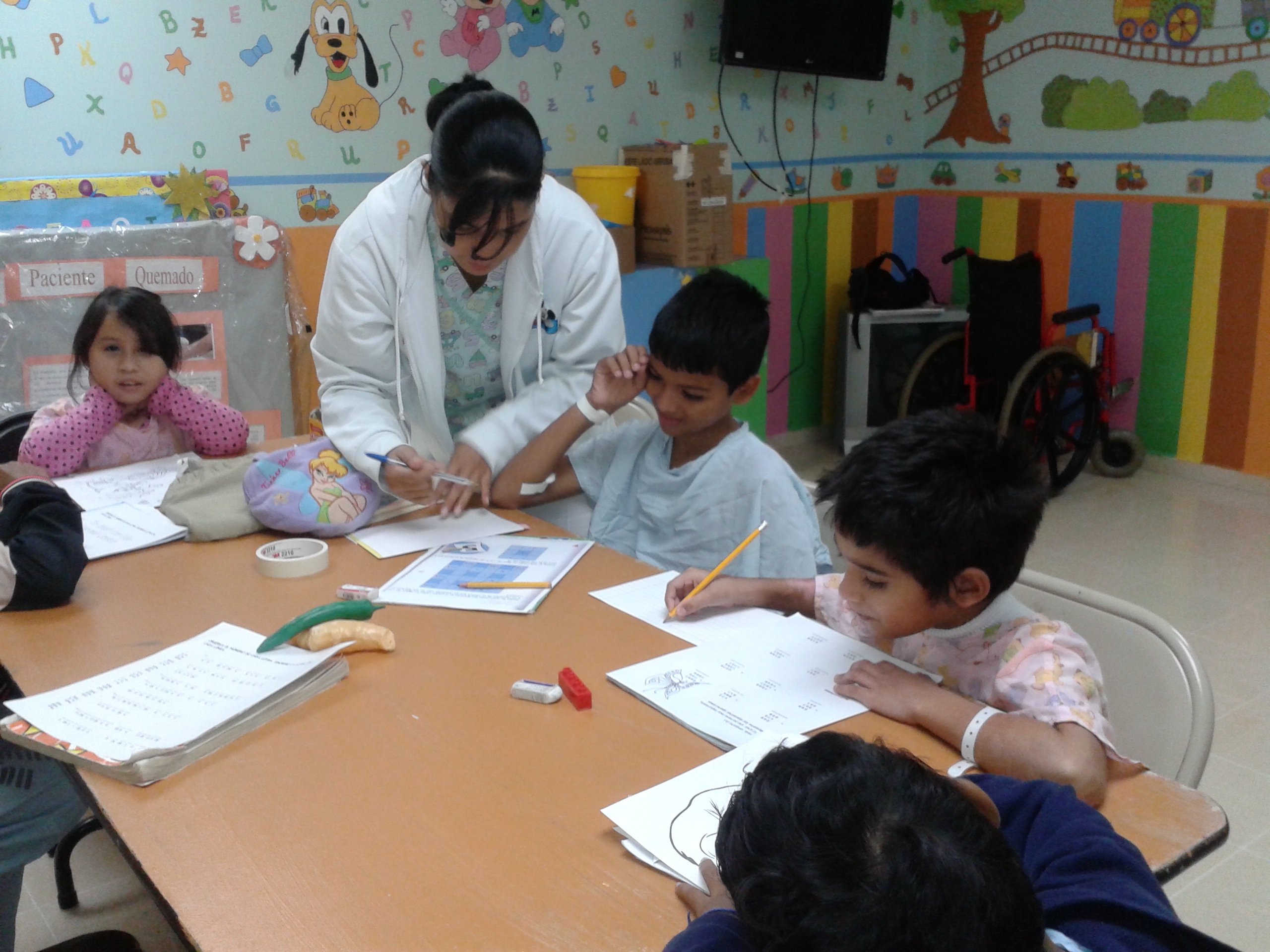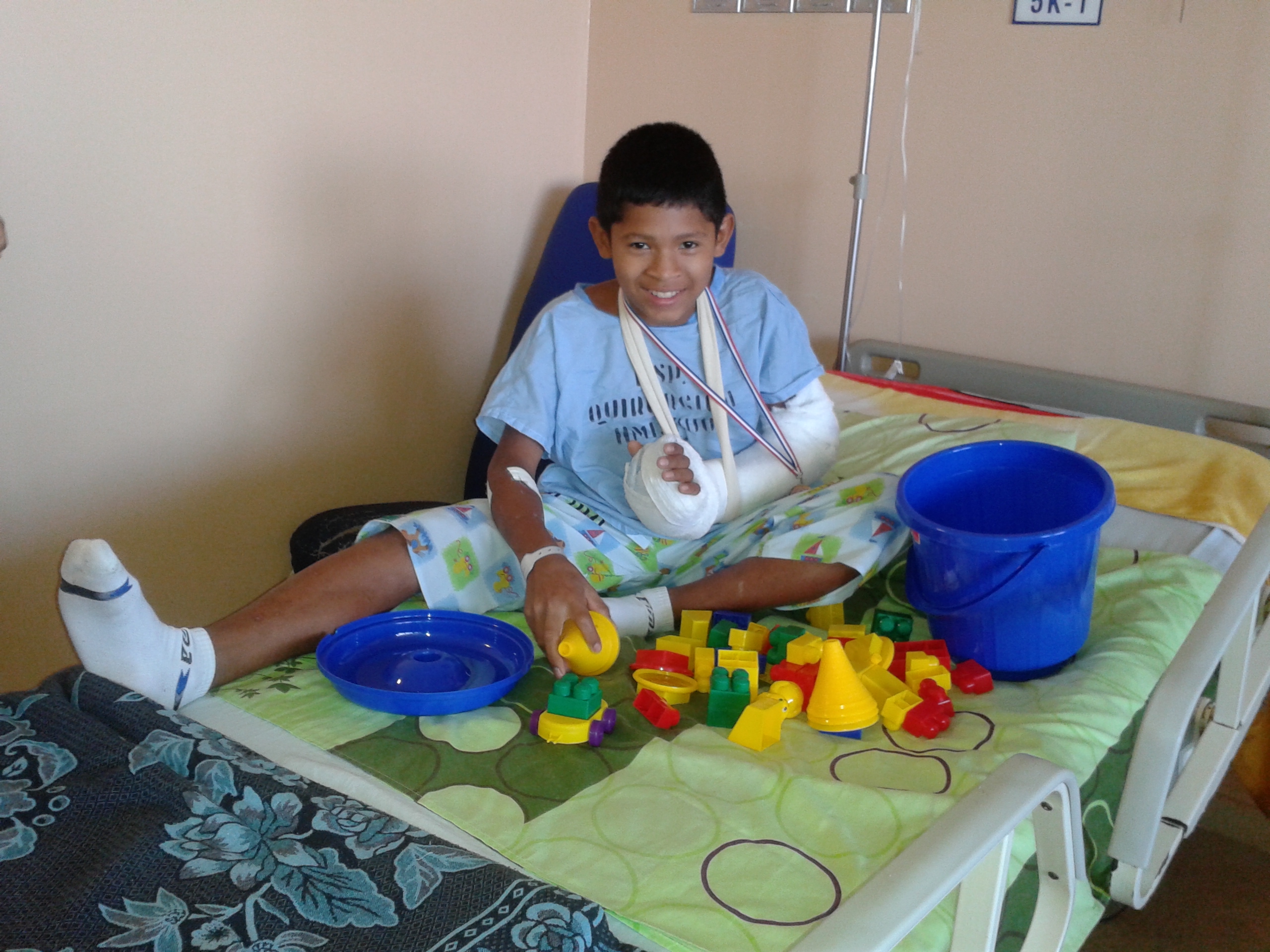Acciones Relevantes
Inicio » Organización » Dir. Nal. de Educación Especial » Acciones Relevantes


“TALLERES PARA PADRES Y MAESTROS DEL CENTRO EDUCATIVO UNIÓN DE AZUERO”
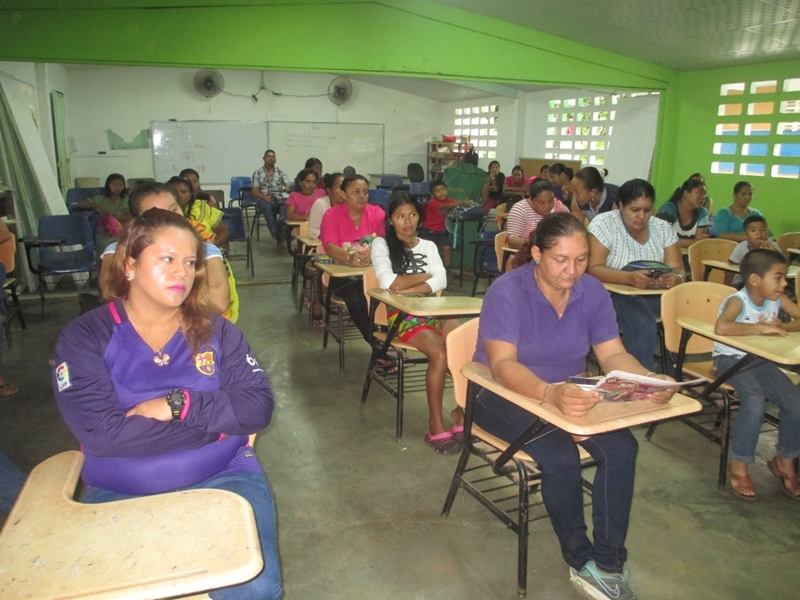
Durante el mes de julio las docentes de Educación Especial Fanny Castillo y Catalina Mendoza, coordinando conjuntamente con el Director del plantel Cesar González del C.E.B.G Unión de Azuero, desarrollaron un taller para padres de familia de la institución, designado ”DISCIPLINA POSITIVA” con el objetivo de orientar a los padres de familia sobre la disciplina asertiva como un estilo de crianza, el mismo fue dictado por las especialistas de la Fundación Valórate.
El segundo taller se ofreció a los docentes del plantel, iniciando con una Charla dictada por la Lic. en Psicología Laura Hernández, coordinadora del Equipo S.A.E. de Panamá Este sobre el tema “DISCAPACIDAD INTELECTUAL” y cerrando la Jornada Pedagógica las Licenciadas Alejandra y Yivana de la Fundación Valórate abordaron el tema “El ROL DEL DOCENTE ANTE LAS N.E.E”, tema estrenado por primera vez en la región de Panamá Este.
Reconocemos la colaboración y el trabajo en equipo realizado por todo el personal administrativo, docente y padres de familia del Centro Educativo Unión de Azuero, de igual manera agradecemos el apoyo recibido por parte de la Coordinadora del Equipo S.A.E de Panamá Este y la Fundación Valórate, sin ellos nada de esto se hubiera consolidado, GRACIAS.
Proyecto aula hospitalaria y domiciliaria
La educación especial es una modalidad del sistema educativo que desarrolla su acción de manera transversal en los distintos niveles, tanto en los centros educativos inclusivos, proveyendo un conjunto de servicios, recursos humanos, técnicas, conocimientos especializados y ayudas para atender las necesidades educativas especiales que puedan presentar algunos alumnos de manera temporal o permanente a lo largo de su escolaridad por lo antes expuesto el ministerio de educación, regional de Chiriquí la DNEE y el programa de educación inclusiva, al darse cuenta del porcentaje de niños y jóvenes que enfrentan limitaciones de carácter físicas y de salud, para acceder al servicio educativo en sus distintos niveles, busca establecer la modalidad de atención hospitalaria y domiciliaria específicamente mediante convenio entre MEDUCA y el HMIJDDO.
El artículo 71 de la Ley Orgánica de Educación se refiere a la obligatoriedad de recibir la enseñanza y del estado en ofrecerla. De igual manera el artículo 72 de la precitada ley se refiere a la exigencia para el estado panameño de abrir los centros educativos que sean necesarios siempre y cuando existan niños en edad escolar y con necesidad del servicio.
Fundamentado en estos conceptos, la Dirección Regional de Educación de Chiriquí y la Dirección Médica del Hospital Materno Infantil José Domingo de Obaldía, han decidió unificar esfuerzos y recursos, para solidariamente atender de una manera integral la aspiración de niños con afectaciones en su salud y con necesidades educativas especiales, de recibir la oferta académica ajustada a su realidad. Con la asistencia de docentes especializados en este campo y metodologías de aprendizaje pertinentes con el entorno hospitalario en que se desenvuelven.
La educación hospitalaria es una modalidad de los sistemas educativos, orientada a garantizar a los niños, que se ven afectados para asistir con puntualidad a una institución educativa, el derecho a la educación, eliminando así la repitencia, la deserción escolar y el ausentismo, se muestra entonces el rostro humano de la educación, garantizando la igualdad de oportunidades, permitiéndoles la continuidad de sus estudios y estar integrados al sistema educativo nacional.


